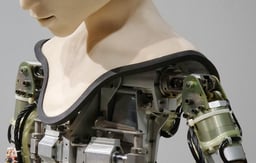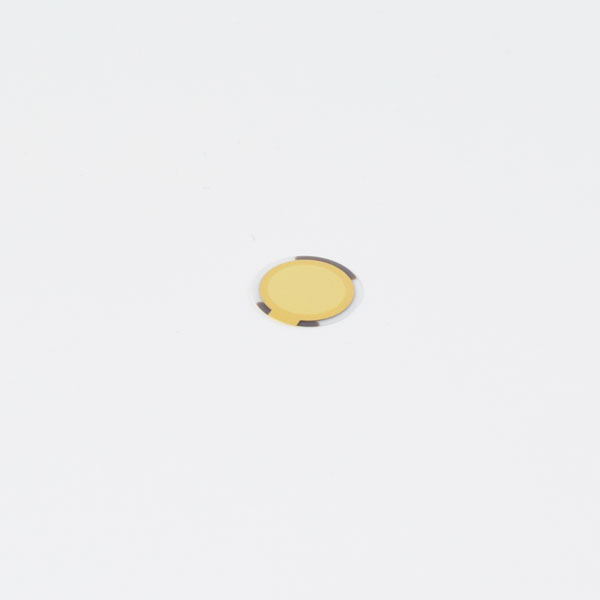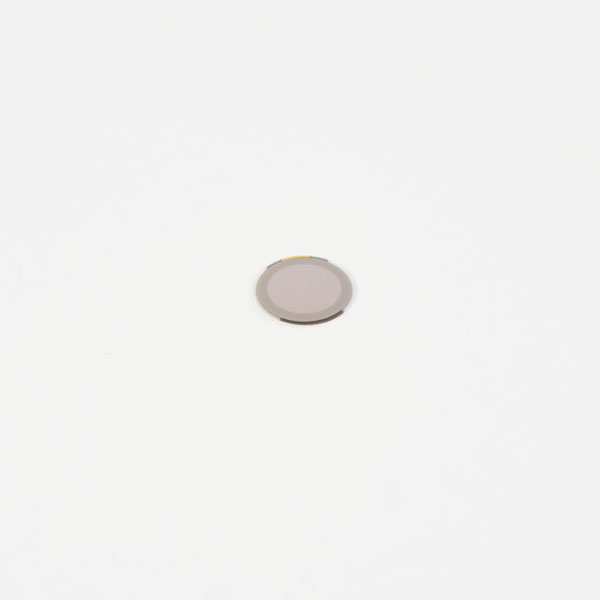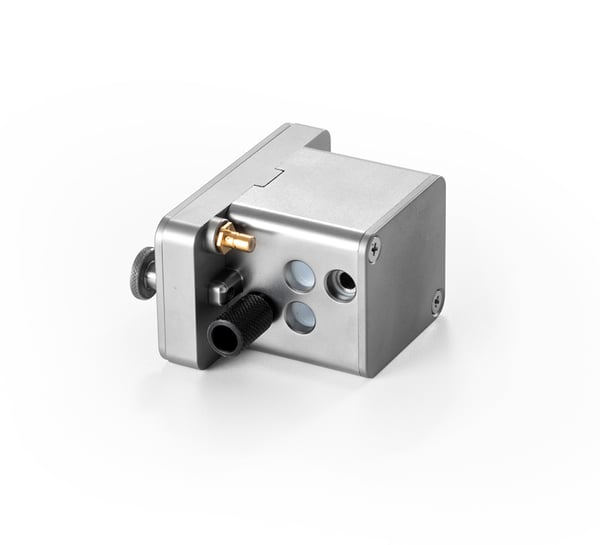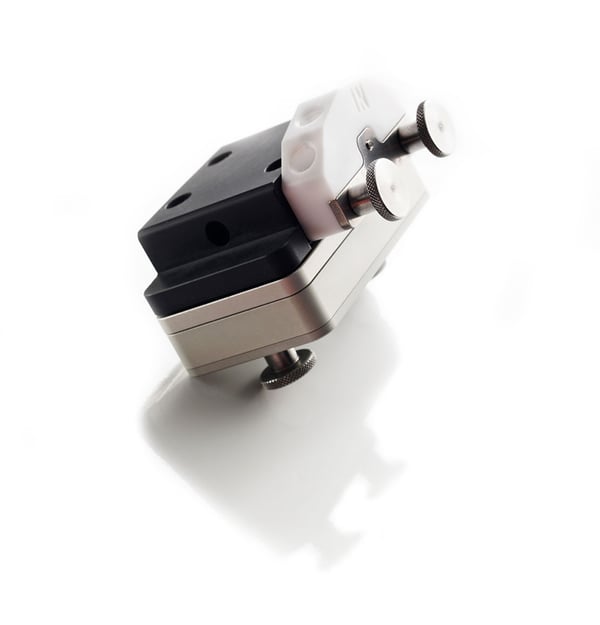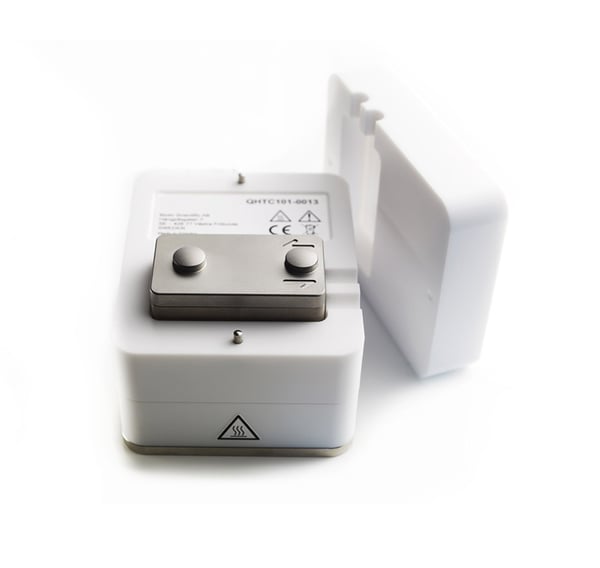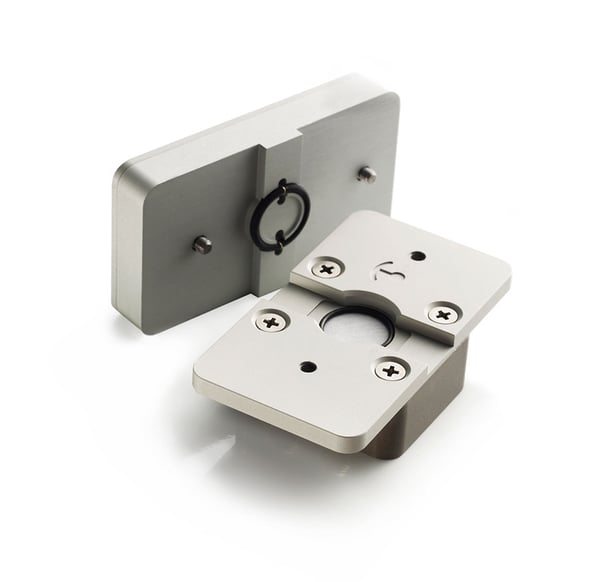- Products
- QSense
- QCM-D Instruments
- QSense Pro
QCM-D
QSense Pro
Do you need to perform large-scale QCM-D analysis to study molecular interactions at surfaces and interfaces in real-time? The fully automated QSense Pro is best fit for the job.
phenomena
-
Adsorption
-
Desorption
-
Binding and interactions
-
Swelling
-
De-swelling, crosslinking and collapse
-
Degradation, corrosion and etching
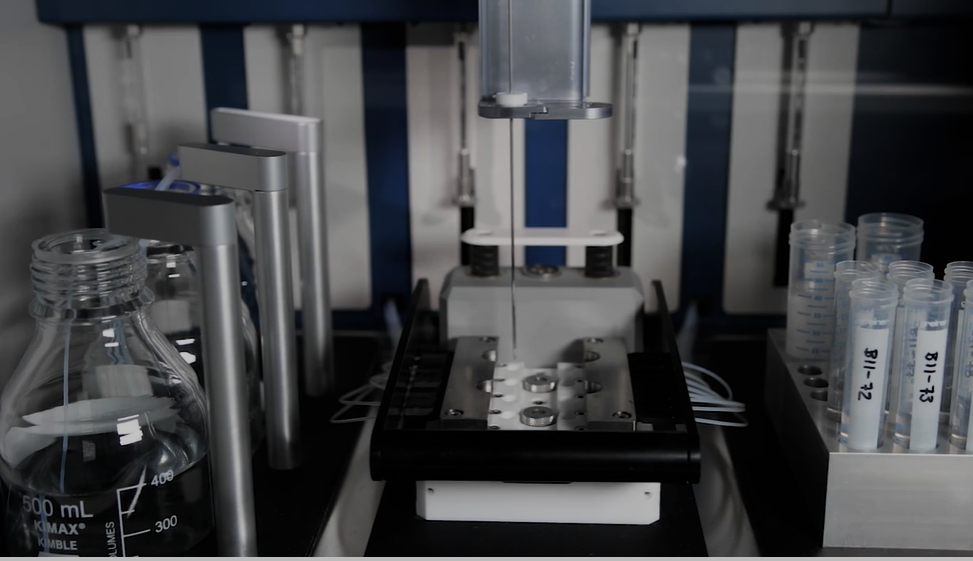
Automated for large-scale analysis
Key features
-
Measure mass, thickness, and viscoelastic properties of rigid and soft films
7-harmonic QCM-D with QSense Decay technology enables qualitative and quantitative analysis -
Handles small volumes
50 µl minimum required volume in flow mode -
High throughput
Full automation and 8 measurement channels enables large-scale analysis -
Automated liquid management
Allows for unattended measurements and saves time -
Automated sample mixing
Improves reproducibility -
Broadest offer of sensor surfaces and coatings
Set up model systems that are as close as possible to real-world conditions
QSOFT AND DFIND SOFTWARE
%20(1).gif?width=900&name=analyzer%20(1)%20(1).gif)
QSense software is tailored to help you maximize the potential of your QCM-D measurements. With QSoft capturing your data and Dfind simplifying your analysis, you can streamline your research process effortlessly.
measurement conditions
-
Flow mode
-
Stagnant mode
-
Liquid phase
-
Low temperature
Measurement range and capacity
| Measurement channels | 8 |
| Working temperature | 4 to 70 °C, 4 to 150 °C using accessory chamber (QSense High Temperature chamber) |
| Sensors (frequency range) | 5 MHz (1-72) |
| Number of measured harmonics | 7, allows for full viscoelastic modeling |
Sample and fluidics
| Minimum sample volume, stagnant mode | ~ 20 μl ~ 1 μl minimum dispense volume |
| Minimum sample volume, flow mode | ~ 50 μl |
| Flow rates | Typical flow rate 20 µl/min. Flow speed range 1-40 µl/min (4 sensors), 1-100 µl/min (1 sensor). |
Performance characteristics
| Maximum time resolution | 100 data points per second (each data point represents an f and D value) |
| LOD (3 x noise) | 1.08 ng/cm2 |
| Sensitivity/limit of detection and noise | See the graph below |
| Minimum noise |
Frequency: 0.02 Hz Mass: 0.4 ng/cm2 Dissipation: 5∙10-9 |
| Long-term stability* | Frequency: < 1 Hz/h Dissipation: < 0.15∙10-6 Temperature: < 0.02˚C/h |
* The temperature stability depends on variations in how the ambient affects the warming or cooling of the chamber. The specified temperature stability may not be reached if the room temperature changes more than ± 1° C, if there is a draft or a heat source nearby. All specifications are subject to change without notice.
Optimal real-life performance
Applying a higher sample rate inevitably leads to higher noise and thus a compromised limit of detection (LOD). What aspect to prioritize depends on the studied surface interaction process. High time resolution may not be critical if very slow changes are studied, and a high measurement sensitivity may not be important if large changes are to be measured. With the 5 Speed-to-Noise modes you can select the right setting to maximize real-life performance for your measurement.
The below figure and table describe the real-measurement performance of QSense Pro for each acquisition mode using all channels. The sample interval can be significantly shortened (~4 times) by using a single channel.
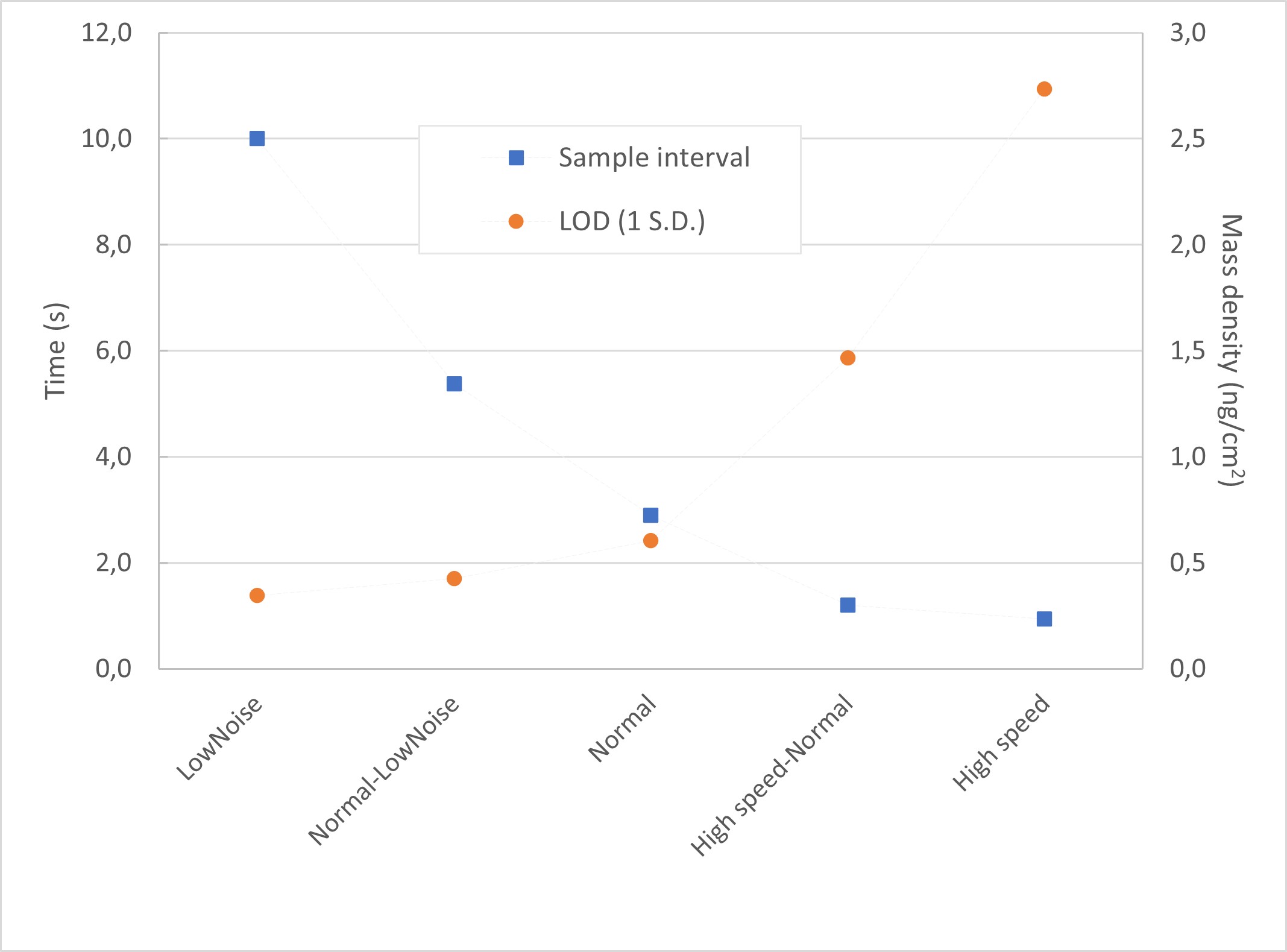
Speed and limit of detection (LOD) per acquisition mode. Limit of detection is set to 1 S.D. of the baseline noise.

Performance characteristics. Measurements were performed with QSX 303 SiO2 sensors at 20°C temperature, and in deionized water at a flow of 15 µL/min. Each measurement mode was measured for approximately 5 minutes.
QSoft and Dfind software
QSense softwares are designed for you to make the most out of your QCM-D measurements. QSoft is collecting your data whereas Dfind makes your analysis easier.
Dfind features
- A complete analysis toolbox
One software for all your needs - Intuitive interface
Dfind supports you all the way through your analysis process - from data preparation to final reporting - Guided modelling
To take you through your analysis step by step - Material library
Configuring your modelling setup is easy, just select your sample material from the list - Autoplotting
Visualizes your results throughout the whole analysis - Smart tools
Dfind offers several analysis methods including shifts, rates and slopes to help you extract the information you need - Analyze all data in one go
To save your time, Dfind allows you to review, model and analyze multiple data sets in one go
Computer requirements
Required
- PC with 64-bit Windows 7 SP1, 8, 8.1 or 10
- At least 1366×768 px screen resolution
- At least 4 GB RAM
Recommended
- 1920×1080 Full HD screen resolution.
- At least 8 GB RAM
- At least 50 GB HD space
- Core i5 5th generation Intel (or comparable) processor or better
Add more possibilities
Have a look at selected add-ons compatible with QSense Pro. Please note that adding a chamber will take away the opportunity to run parallell samples, on the other hand, it can widen your experimental setting.
Electrochemistry Module
For simultaneous QCM-D and electrochemistry measurements on the same surface. Enables cyclic voltammetry and electrochemical impedance measurements to explore polymer behavior, electrostatic interactions, corrosion, etc.
Ellipsometry Module
Enables simultaneous QCM-D and ellipsometry measurements on the same surface, which allows for quantification of solvent content in the film. It also gives a refined analysis of the morphological changes of the adsorbed film.
High Temperature Chamber
With the High Temperature Chamber you can perform measurements in an extended temperature range of 4-150°C.
Humidity Module
This module is designed to enable measurements of vapor uptake and release from thin films coated on the sensor.
What our customers say
Our instruments are present at many prestigious universities and research facilities worldwide. Take a minute to find out what others say about QSense.
Prof. Nam-Joon Cho, School of Materials Science and Engineering, Nanyang Technological University, Singapore
"QCM-D technology is a key part of our biointerfacial science research that spans fundamental biomacromolecular investigations to applied studies involving antiviral drug development. The QSense instruments, which we have used for nearly two decades, are robust and can track complex biological phenomena in real-time and with label-free readouts that have helped us to deeply characterize a wide range of systems related to proteins and lipid membranes. Together with our analytical modeling efforts, there is a really bright future to continue applying QCM-D technology in new directions across many important scientific disciplines."

Nanyang Technological University, Singapore
Nanyang Technological University (NTU) is ranked one of the 15 top universities worldwide by QS World University Rankings. This research-intensive public university has over 33 000 undergraduate and postgraduate students and is home to world-class autonomous institutes.
Joshua A. Jackman, Assistant Professor, Sungkyunkwan University, South Korea
"Using QSense measurement tools, our lab has investigated many very interesting protein and lipid systems in aqueous and non-aqueous environments and the QCM-D measurement capabilities have proven critical to study molecular-level interaction behaviors at solid-liquid interfaces. One of the most exciting examples has involved antimicrobial lipids, in which case the QCM-D technique has proven extremely useful to distinguish the mechanisms of action of different compounds interacting with membrane-mimicking supported lipid bilayers. Such mechanistic distinctions were seen for the first time by the QCM-D technique, demonstrating its potential to complement and in some cases surpass the analytical capabilities of traditional biological assays. Looking forward, we see enormous potential to translate fundamental insights obtained from QCM-D measurements into numerous applications across the healthcare, biotechnology, and agricultural spaces among various opportunities."

Sungkyunkwan University, Korea
Founded already in 1398, Sungkyunkwan University has a rich history of producing high-end research scientists. Today, it is ranked number one among the private universities in Korea. Sungkyunkwan University takes great pride in its innovative spirit and puts resources into research and development.
Professor Dr. Marité Cárdenas, Health and Society, Malmö University
"QSense instruments are a great tool for our biophysical research. They enable rapid screening for biomolecular interaction at lipid bilayers and also allow optimizing the parameters for deposition of thin films. The instrument is easy to use, and has a long working life as long as you follow the maintenance instructions! The technical staff at Biolin Scientific are a pleasure to work with: They are nice and always give quick feedback and support."
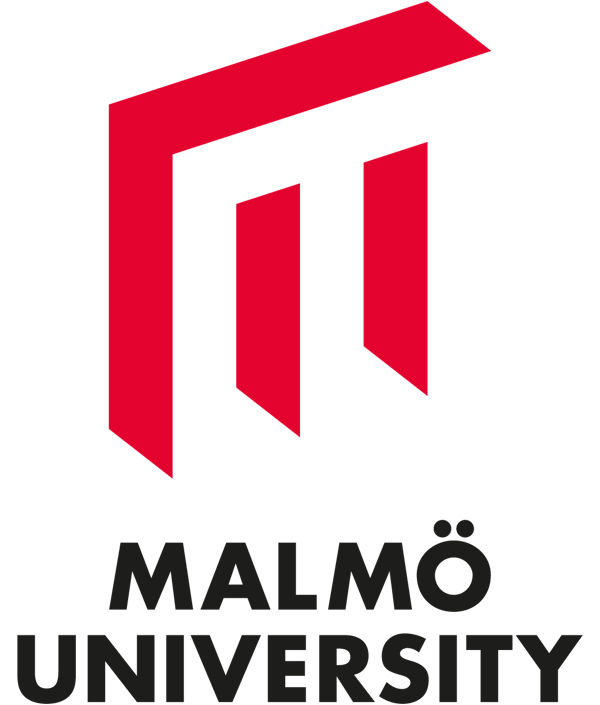
Malmö University, Sweden
With its strong focus on innovative education and research, Malmö University was awarded as one of the top five highest quality education areas in Sweden back in 2007. Here, diversity makes all the difference. Malmö University has over 240 partner universities globally, and 1 out of 3 students come from an international background.
Learn more
We have gathered all our in-depth knowledge associated with QSense Pro. Browse around amongst guides, overviews and white papers to find a topic of interest.
- QSense

How Excipients, Surfaces and Formulation Conditions Affect Therapeutic Proteins
- QSense
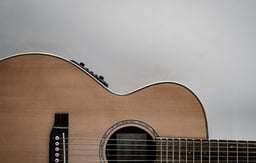
Basics of QCM-D
- QSense
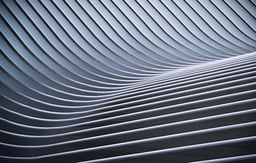
How to Optimize the QCM-D Baseline Stability
- QSense
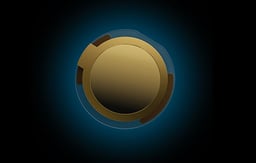
The Working Principles of QCM and QCM-D
- QSense
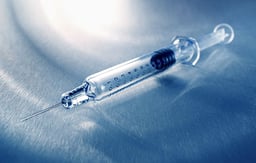
QCM-D in Drug Formulation and Storage
- QSense

QCM-D vs SPR
- QSense
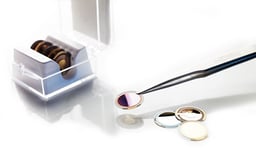
QCM-D vs other QCMs
- QSense
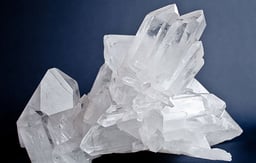
What is Piezoelectricity?
- QSense

How QCM Results are Influenced by Layer Distribution
- QSense

Why the Resonance Frequency of a QCM Sensor is 5MHz
- QSense
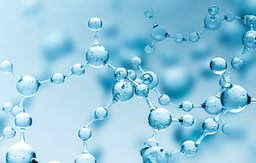
Characterization of Polymer-based Systems
- QSense
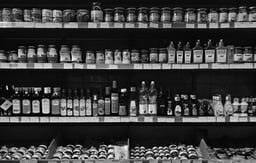
Using QCM-D in the Food Industry
- QSense
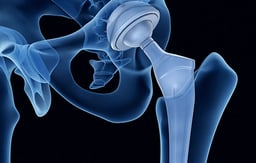
What is Biocompatibility?
- QSense
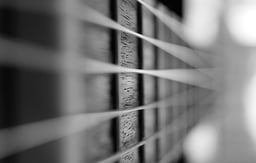
Why it is Useful to use Multiple Overtones in QCM Measurements?
- QSense
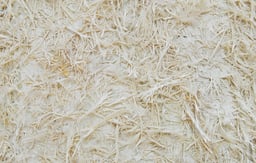
Nanocellulose Research with QCM-D
- QSense
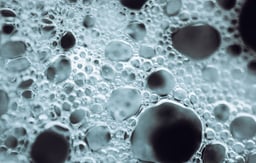
Analysis of Surfactant-Surface Interactions with QSense
- QSense

Getting Started with QSense Dfind
- QSense

Data Modeling in QSense Dfind
- QSense
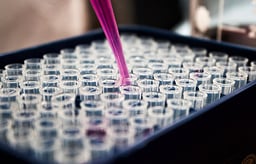
QCM-D as a Screening Tool for Protein Adsorption
- QSense
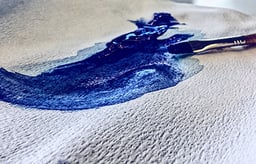
Analyzing Vapor Uptake and Release with QCM-D
- QSense
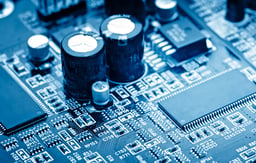
Surface Science – a Field Rich in Science and Applications
- QSense
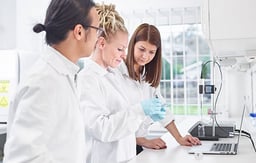
QCM-D Data Analysis
- QSense
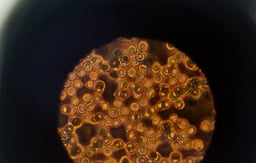
QCM-D as a Tool to Study the Binding of Viruses
- QSense
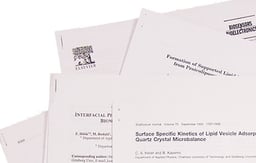
Key Publications on the Formation of Supported Lipid Bilayers
- QSense
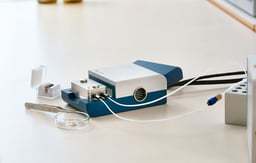
Characterization of Surfaces and Surface Reactions in Energy Storage
- QSense
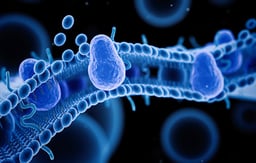
Development of a New Method for the Formation of SLBs on Solid Support using QSense QCM-D
- QSense
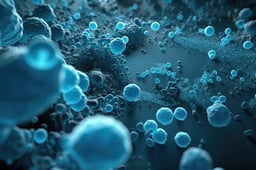
QCM-D Technology: From Fundamental Membrane Biophysics to Translational Applications
- QSense
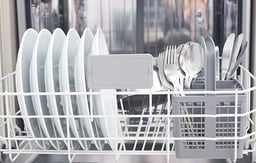
QSense Etching Guide
- QSense
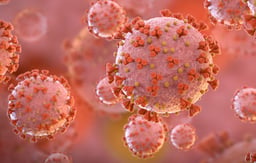
QCM-D Characterization of Antimicrobial Lipid Interactions with Supported Lipid Bilayers: Towards Antiviral Applications in the Biomedical and Agricultural Sectors
- QSense

Monitoring of Polyelectrolyte Multilayer Build-up and Crosslinking using QCM-D
- QSense
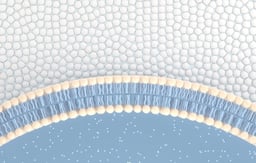
Biomembrane Models and Interactions Therein
- QSense

Screening Nanoparticle - Protein Interactions
- QSense

The Sauerbrey Relation
- QSense
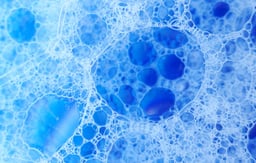
QSense Cleaning Profile
- QSense
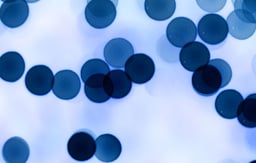
QCM-D Studies of Engineered Nanoparticles
- QSense
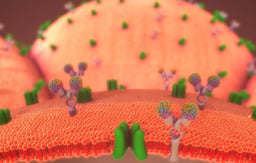
Analytical Methods to Characterize Lipid-based Systems
- QSense
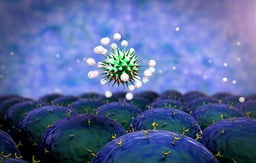
Characterization of Biomolecular Interactions
- QSense
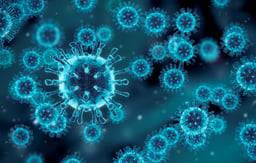
QCM-D Analysis in Virus-related Research
- QSense
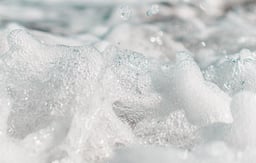
Determining Cleansing Efficacy of Elfan AT 84 using a QCM-D Assay
- QSense

Analyze Surface-induced Complement Activation
- QSense
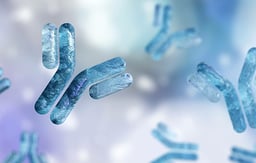
Adsorption and Aggregation of Monoclonal Antibodies at Silicone Oil-Water Interfaces
- QSense
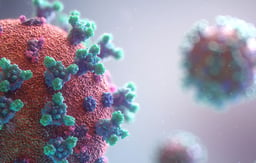
How do we Stop the Next Pandemic from an Unknown Virus?
- QSense
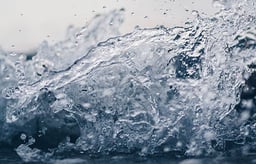
Characterization of Polymer Layer Swelling, Crosslinking and Collapse
- QSense
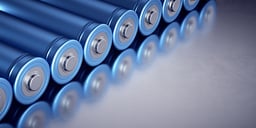
EQCM-D Analysis in Battery Development
- QSense

Analyzing Cleaning of Hard Surfaces with QSense
- QSense
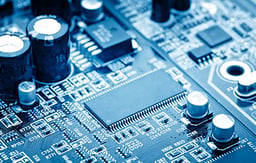
QSense Analysis in CMP
- QSense
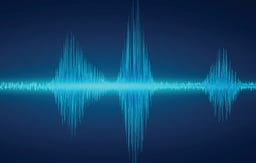
The Dissipation Factor in QCM-D Technology
- QSense
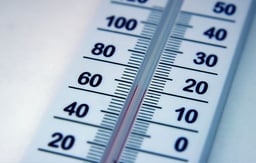
Temperature Stability in QCM Measurements
- QSense
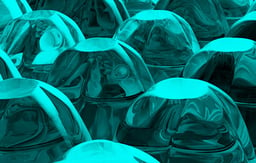
What is Dissipation?
- QSense
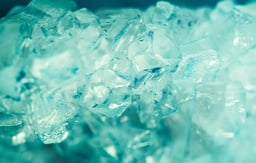
What is a Viscoelastic material?
- QSense

How to Generate Quality QCM-D Data
- QSense

QCM-D vs other QCMs
- QSense
.png?width=256&name=KSV%20NIMA%20User%20days%20(1).png)
Assessing the inflammatory responses induced by biomaterials in contact with human blood using in vitro assays including QCM-D
- QSense
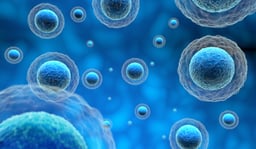
Implementing quartz crystal microbalance with dissipation monitoring for the development of novel biosensing assays
- QSense
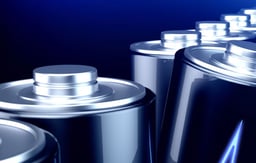
QCM-D Publications in Battery Research
- QSense
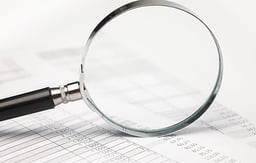
How to read a QCM Specification
- QSense
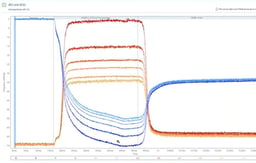
Dfind Basic Training Course
- QSense
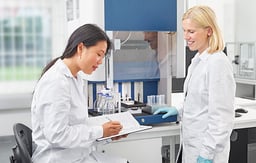
Information Obtained with QSense QCM-D
- QSense
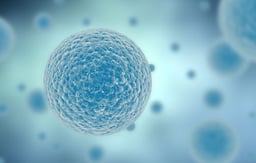
How to Characterize Lipid-Based Systems with QCM-D
- QSense

QCM-D in Research
- QSense
